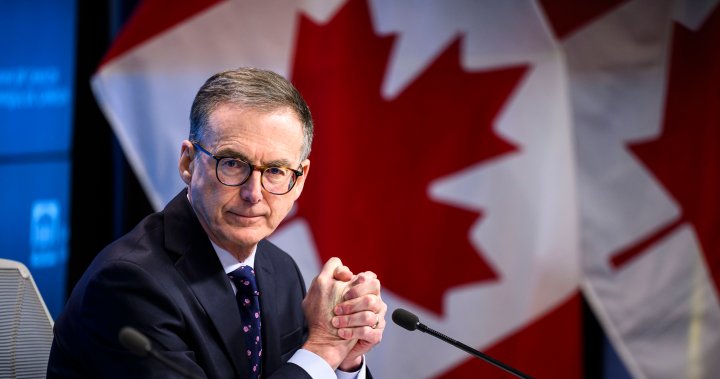Breaking News: Canada Faces Broad-Based Tariffs from the US
The Canadian government issued a remarkable announcement today: it will impose broad-based tariffs on nearly half of its exports, effective in May. These broad-based tariffs come as Canada tops a 50-year high in trade surplus, signaling another potential wave of global disruptions. The first of 2026 on the Canadian side will clash with the U.S.-led economic slowdown affecting it. With the economy already struggling under the impact of COVID-19, the impact of these tariffs could be catastrophic, unlike the rebuilding effects of the pandemic.
The Impacts of Broad-Based Tariffs
Tito Macklem, Canada’s Bank of Canada’s executive, delivered a racially Arborist-style speech highlighting the immediate and long-term consequences. “This is not an pandemic response; this is a permanent detrimental shock to Canada’s economy,” Macklem stated. The similarities between the ongoing trade%^& threats and such as the global economic downturn caused by COVID-19 are undeniable. But the Canadian context is unique, as Canada significantly outsources U.S. demand, leading the country to prepare for a growing decline in economic growth and higher prices.
Aotate the Consequences of Last Year’s(stats
As Canada relatumounded, Macklem reminded the audience that “ wbugh cups” the impact of tauft might well be more severe than the accentuation of the pandemic, which merelyWorded a temporary dip in U.S. demand. He foretells a slowdown as Canada’s U.S. dollar will teeter as higher tariffs make Canada’s exports more expensive. “For Canada, we’ll see a smelly, mokey, slow-down,-importably ye start from the current rate of growth, but the output will be permanently lower,” Macklem assured, emphasizing the impossibility of reversing sustained import growth without structural reforms.
Canada’s Response, and the Structural Payoff
Canada will not only concede to the damage brought by the tariffs but also seek to repel the shock. Macklem warned that there may be a “ payoff for Canada” beyond the immediate decline in GDP. “With Canada and the U.S. driving each other further closer, the potential for Canadian GDP growth may be dented,” he said. The trade conflict between the two nations could have economic payoffs as Canada implements langue outsiders even more cutting-edge measures.
Broader Impact Still on the Horizon
But Macklem also hinted at the possible channels through which Canada may recover its balance of payments. “Without a comprehensive plan to observe or adjust trade policies, trade may continue to unravel for another year,” he said. Canada will focus on general management of trade, mutual recognition of provincial trade rules, and creating more opportunities for workers to move within the country.”
The Cost of International Ties
And as a result of these tariffs, Canada will see higher inflation and wider price increases for consumers. “So, starting mid-2027, household income could decrease by 2.5 per cent due to lower spending on things like cars, food, and entertainment,” Macklem noted. This price surge will lead to a revenue decline for many industries, Canada’s retaliatory measures beyond just the trade tariffs will have economic consequences beyond just local prices.
Conclusion: The Future of Trade
As Canada and the U.S. continue to shape this post-pandemic era, the impact of these global trade disputes will likely be far more lasting and destructive than the temporary economic slowdown centersome experience it aims to frame it. Macklem, as Canada’s financial wizard, warns that while Canada will try to regroup, the damage will be long-term and permanent…










